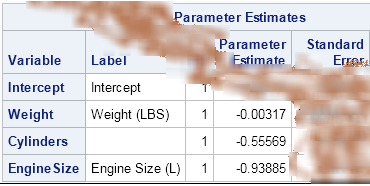
In this International Year of Statistics, I'd like to describe the major role of statistics in public health advances. In our modern society, it is sometimes difficult to recall the huge advances in health and medicine in the 20th century. To name a few: penicillin was discovered in 1928, risk










